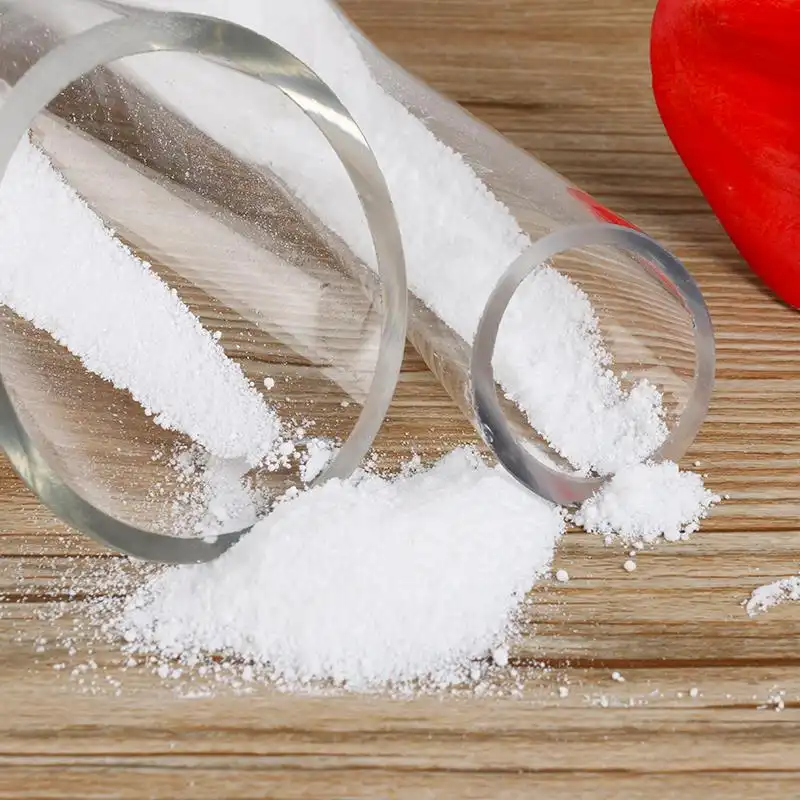Hebei Messi Biology Co., Ltd. stated that lithium/magnesium oxide catalysts and lithium/magnesium oxide nanocatalysts were prepared by incipient wetness impregnation and sol-gel methods, respectively. The catalytic performance of the two lithium/magnesium oxide catalysts for methane oxidative coupling reaction was compared. Characterization was performed by X-ray diffraction, BET adsorption and transmission electron microscopy. The catalysts were tested at 973-1073K and a total pressure of 101kPa. The experimental results show that lithium/magnesium oxide nanocatalysts show higher methane conversion rate, higher selectivity and higher yield of main products (ethane and ethylene) for methane oxidative coupling reaction than ordinary catalysts.

Effect of magnesium oxide on catalyst support stability
XRD of sample CoO-MoO3/r-alumina before and after hydrothermal treatment. The results show that after being treated at 8.0Mpa, high temperature and high water vapor partial pressure, the phase of the catalyst with r-alumina as the catalyst carrier has undergone significant changes. In addition to the original characteristic peak of alumina, a very obvious low-angle diffraction spectrum peak has appeared, that is, the characteristic main peak of aluminum-oxygen compound AlOOH, generating aluminum water compounds similar to boehmite structure.
From the SEM images of various samples before and after treatment, it can be seen that the catalyst carrier that has not been treated with magnesium oxide has not only blurred boundaries after “hydrothermal” treatment, but also clearly shows the blockage of precipitates in the gaps.
However, the samples treated with magnesium oxide did not undergo phase change. The particles inside the catalyst carrier are complete, the boundaries are clear, and there is no blockage of precipitates. It fully shows that some kind of reaction occurs between magnesium oxide and part of the r-alumina catalyst carrier, generating magnesium aluminum spinels or intermediate forms of stable substances, thereby improving the structural stability of the catalyst carrier.
